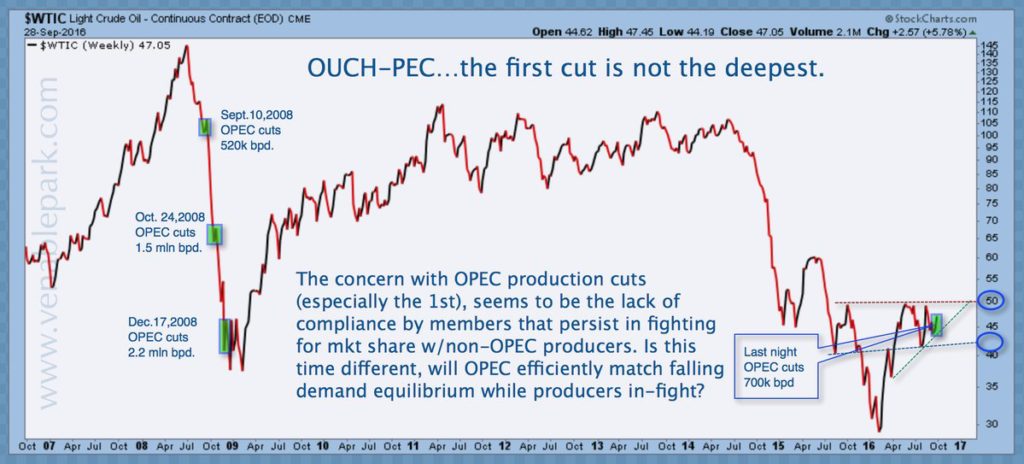Education is one of the best long term investments we can make individually and as a society. But this is only true where education enriches the student. Where the business model is designed to prey on the trusting and gullible in order to maximize profits for the schools and administrators through fees only affordable via crushing student loans and government underwriting, well then we have a big net negative for the collective. In thousands of cases in the US, students have been victimized by fraudulent colleges who were feasting on government subsidies. Although this is acknowledged, aggressive loan collection efforts against the students are proceeding. See: The education department is chasing borrowers to repay student loans they may not owe:
The Education Department tries to stem loan defaults in part by threatening to revoke colleges’ access to federal student loans and grants—lifeblood for most schools in the U.S.—if their former students default at high rates. But over the past two years, the department has spared some colleges from accountability by lowering their loan default rates on account of faulty servicing practices. Dorie Nolt, a department spokeswoman, wouldn’t say whether the feds gave colleges a break this year, too. The borrowers who defaulted on those debts were not granted a similar reprieve.
Even without fraud, we now have a system where costs are greatly impeding our young. Over the past 20 years, prohibitively expensive post-secondary education has been enabled by the credit-bubble. Now we have millions of young people graduating into weak job markets, buried in debt they can only repay (if at all) by forgoing next steps like household formation, children and savings. Ahead of them, boomers who have spent too much and saved too little, are keeping their jobs well into their 70’s to make ends meet. Trouble is they are also banking on younger people to buy their products, real estate and businesses, so boomers can retire. Something has to give here. All of this is costing our economy a fortune in wasted time and lost capacity.
As in the predatory banking sector, first we have to break up conflicted conglomerates and hold corrupt actors personally accountable. Then we must return to models that enrich the customer more than the service provider. A fiduciary standard that puts the best interests of consumers ahead of profits must be demanded of both financial advice and education institutions. We simply cannot afford it as a society, any other way.
Some smart new models are already in process. Former FDIC chair Sheila Bair, sees the $1.4 trillion in student debt as next disaster around the corner:
As in housing, cheap and freely available credit fueled rising prices, or in this case, tuition. Borrowers in both markets complained of shoddy customer service and an inability to strike deals with their loan servicers when they no longer could afford their monthly payments. Before the financial crisis, lenders frequently gave mortgages to borrowers who couldn’t afford them. The same was happening with student loans.
Bair has accepted a new job as the head of Washington College in Chestertown, Md with the mandate of designing an affordable education model that focuses on helping students to avoid the need for crushing debt. She has already frozen tuition fees and rolled out new self-funding programs which refocus both students and schools on ways to reduce their costs rather than increase government enabled student loans. In the process Bair acknowledges that she is taking on an entrenched and entitled status quo system that has been putting its own best interests ahead of its students for many years now.
Bair hopes to be an example for the industry, but at the same time, she risks upsetting prominent colleges with her views. Some rich schools are too stingy, she believes. Bair supports a proposal that would almost certainly require the wealthiest nonprofit schools to devote up to 25 percent of their endowment income to students’ financial aid. If Washington College had a billion-dollar endowment, Bair told Congress on Sept 13, she’d slash tuition by up to 80 percent. “Higher education faces a bit of a reckoning,” said Culp.
But higher education is a powerful lobby with lots of friends. Much of Congress already is trying to reverse some Obama administration rules that tightened oversight of the sector. Bair often has been an outsider. “I’ve never really felt like I was part of the club,” she said. Still, she can’t help but speak out, just as she did during her time at the FDIC.
“We are not doing these young people any favors by giving them loans that they cannot afford, that they cannot discharge in bankruptcy, and that could be a drag on their financial well-being even into retirement,” she said at the Sept. 13 congressional hearing.



